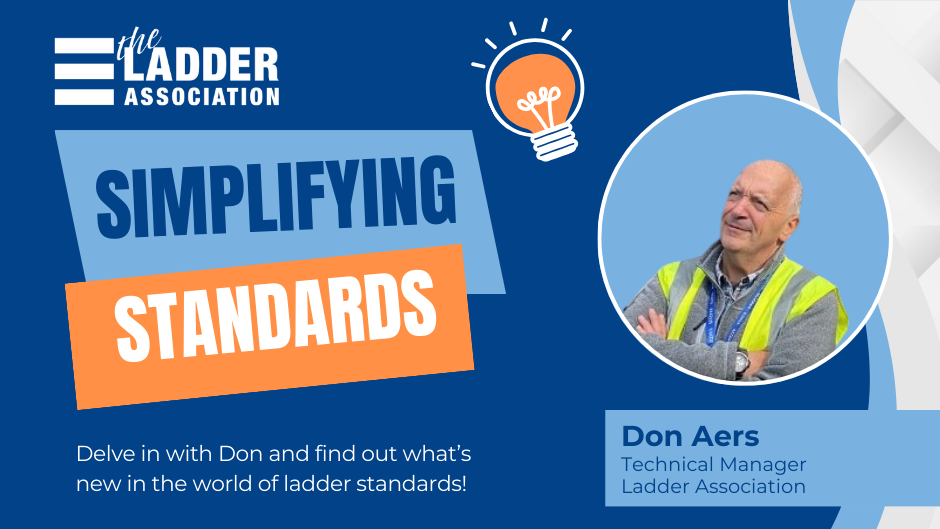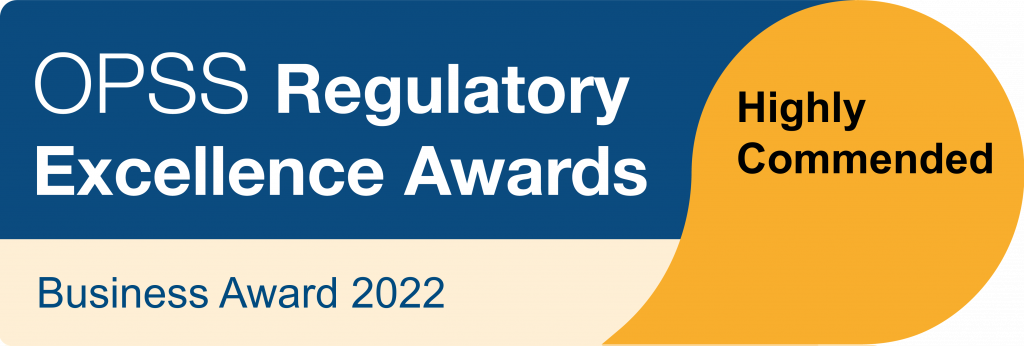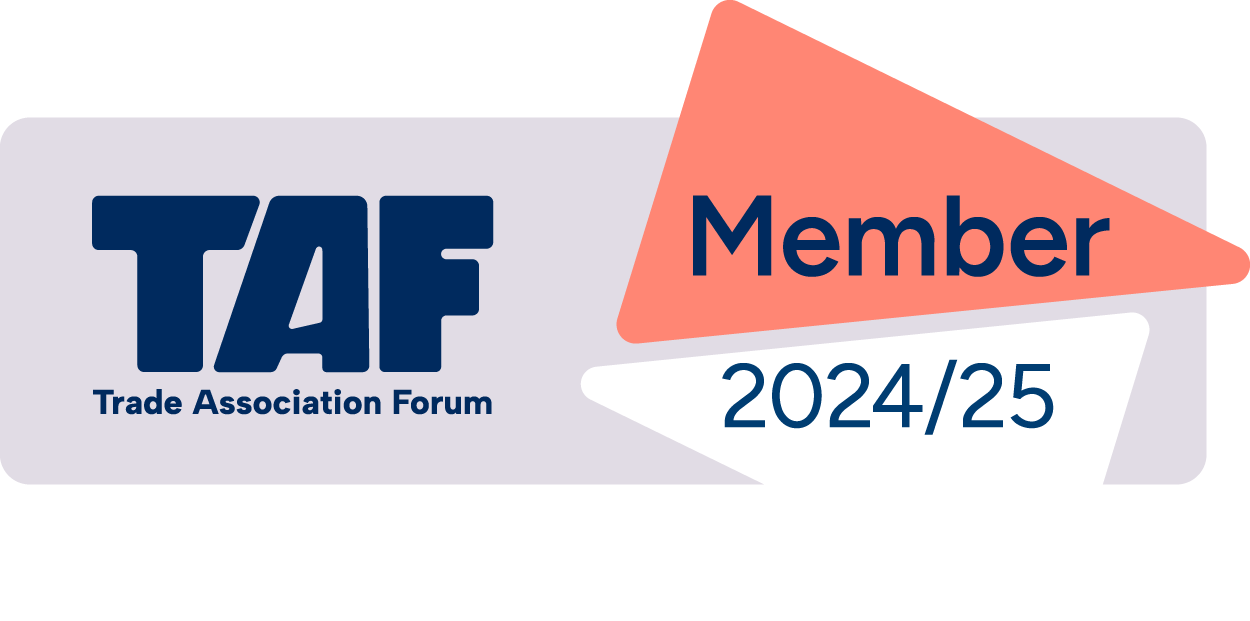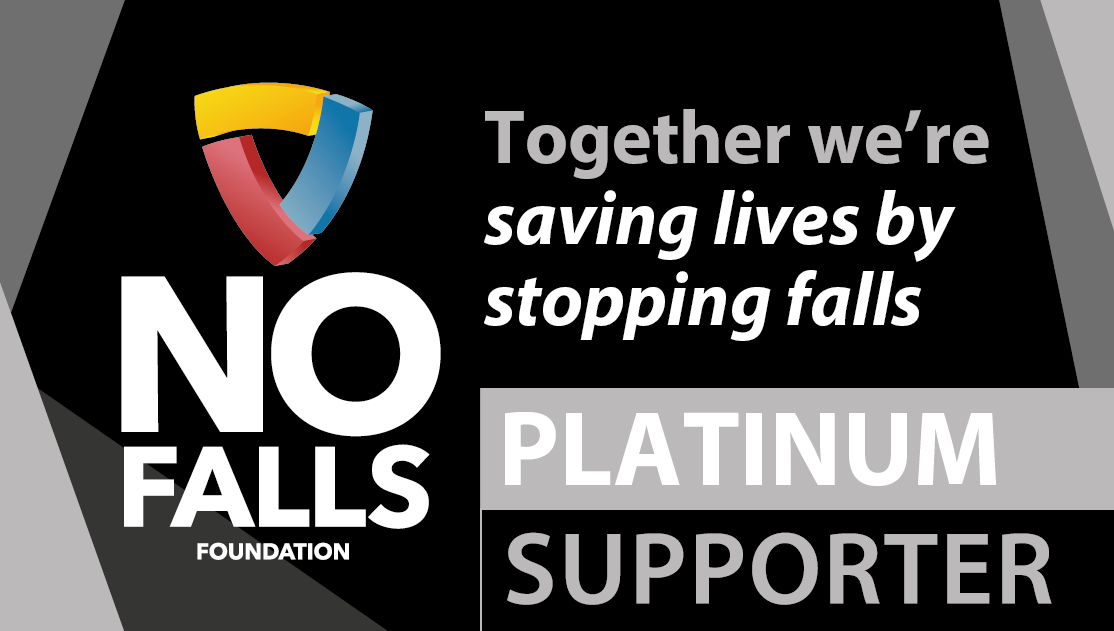Your Guide to Ladder Standards
Below you'll find a list of all current product standards recognised by the Ladder Association:
BS EN 131 Part 1:2015+A1:2019 – Ladders – Terms, types functional sizes
BS EN 131 Part 2:2010+A2:2017 – Requirements, testing, marking
BS EN 131 Part 3:2018 – Marking and user instructions
BS EN 131 Part 4:2007 – Single or multiple hinge joint ladders
BS EN 131 Part 6:2019 – Telescopic ladders
BS EN 131 Part 7:2013 – Mobile ladders with platform
Pending standards
BS EN 131 Part 8: (pending) Ladders with separate platform
BS EN 131 Part 5: (pending) Accessories
BS EN 14183:2003 Step stools
BS 8634:2017 – Portable roof ladders
BS EN 14975:2006+A1:2010 – Loft ladders. Requirements, marking and testing
BS 8630:2019 – Portable stagings and folding trestles
PAS 7100 : 2018 Supporting better product recalls
The following standards are WITHDRAWN, read our guidance on withdrawn standards (below)
BS EN 131 Part 1:2015 – Ladders – Terms, types functional sizes
BS EN 131-2:1993 – Ladders. Specification for requirements, testing, marking
BS EN 131-3:2007 – Ladders. User instructions
03/110342 DC – Ladders. Single or multiple hinge-joint ladders
BS EN 131-6:2015 – Telescopic ladders
11/30251423 DC – Ladders. Mobile ladders with platform
01/103319 DC – Step stools
BS 2037:1994 – Specification for portable aluminium ladders, steps, trestles and lightweight stagings
BS 1129:1990 – Specification for portable timber ladders, steps, trestles and lightweight stagings
EN 131 - The Current Standard for Ladders
If you use, manage, buy or supply portable ladders, you should familiarise yourself with the current EN131 ladder standard.
BS EN 131 (the UK’s version of EN 131), the single British & European product standard covering all types of portable ladders (step, extending and combination) was substantially revised and came into force in January 2019.
The changes improve the safety of ladders and make buying the right ladder much simpler.
Guidance from the HSE - Change in Ladder Standards
Ladder Standards - Frequently Asked Questions
A standard is an agreed way of making a product, managing a process, delivering a service or supplying materials.
Standards are developed by subject matter experts who know the needs of the organizations they represent – people such as manufacturers, sellers, buyers, customers, trade associations, users or regulators.
Standards are powerful tools that can help drive innovation and increase productivity. Standards help to make products safer, easier to use, sustainable and of better quality – benefits for the consumer
Although there isn’t a legal obligation to adhere to standards, the Ladder Association requires that its members supply products that meet relevant current standards.
European ladder standards (EN’s) are developed by an organisation called CEN. CEN, the European Committee for Standardization, brings together the national standardization bodies of 34 European countries including the British Standards Institution (BSI) in the UK who remain a member even though we have left the European Union.
The CEN committee responsible for ladder standards is CEN Technical Committee 93, which is made up of ladder experts from across Europe. That includes the UK experts who are agreed and appointed by BSI Technical Committee B512 Ladders.
B512’s membership is made up of ladder user groups, safety professionals, regulators and members of the Ladder Association and is currently chaired by Don Aers, the Ladder Association’s Technical Manager. In addition to taking part in the development of the EN ladder standards (published in the UK as BS EN’s), B512 is responsible for the British (BS) ladder standards.
CEN TC 93 has a variety of working groups, each responsible for the standards for different types of ladders such as EN 131 and its various parts. The member countries volunteer to act as the secretariate for each of the groups and provide a convenor to lead the work. Each participating CEN member collaborates to establish safe design standards for ladders. The working groups must reach a consensus on the content and requirements for standards which must be approved by a majority in internal and public national votes before they can be published.
EN131 Part 1 Revised scope applies to portable ladders designed for general professional and non-professional use.
This standard does not apply to portable ladders which by their design and instruction are intended and limited only for a specific professional use and as a result are not for general professional or non-professional use.
Product standards are not retrospective and so ladders to the correct classification that are in good condition, inspected regularly (and the inspection recorded) can continue to be used. If you continue to use ladders to withdrawn standards, you should update your purchasing policy so when the ladders need replacing, you only buy ladders to the current standard.
If you want a ladder to the current standard, you may need to specify this. The hire company should supply you with a ‘fit for purpose’ ladder, but as product standards are not retrospective, the ladder may be to a previous version of the standard.
The Ladder Association requires that its members supply products that meet relevant current standards. Product standards are subject to change and you can find more information on product standards, and confirm current validity at the BSI shop.
Interested in Ladder Standards?
In our ‘Simplifying Standards’ column, written by Don Aers, Technical Manager at the Ladder Association, we take a look at the latest developments in ladder standards…










